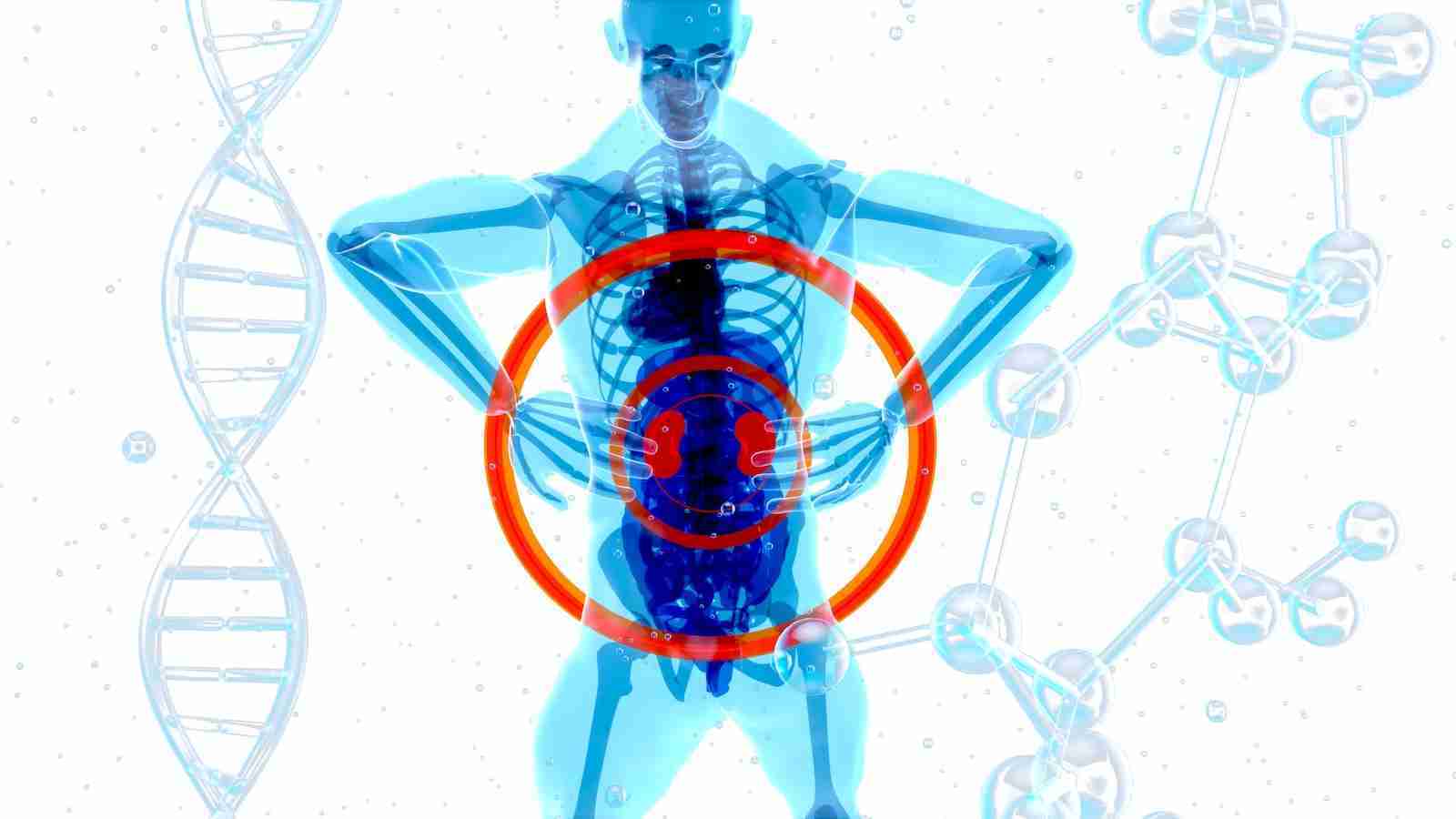23 Fun Facts About The Kidneys That You Didn’t Know
1. The kidneys are two bean-shaped organs located in the abdomen.
Tucked just below your ribcage, behind your belly, lie two fist-sized champions: your kidneys. These bean-shaped marvels tirelessly filter your blood, keeping it clean and balanced like a superhero maintaining a sparkling city.
Every minute, a quarter of your blood gets whisked through these organs, ensuring it’s free of waste products and keeps your body functioning smoothly.
2. Each kidney is approximately the size of a fist.
The adult human kidney occupies a physical dimension comparable to a clenched fist. Measuring roughly 10-13 centimeters in length, these vital organs reside in the posterior abdominal cavity, nestled behind the peritoneum, a protective membrane.
Their modest size belies their critical role in maintaining bodily homeostasis through blood filtration and waste product elimination.
3. The kidneys filter around 200 liters of blood every day.
The kidneys perform a remarkable feat of blood purification. Approximately 200 liters of blood course through these tireless organs each day, roughly the volume of two full bathtubs.
This constant filtration process ensures the removal of waste products and maintains the proper balance of electrolytes and fluids within the body, a vital function for overall health.
4. The kidneys remove waste and excess fluid from the body.
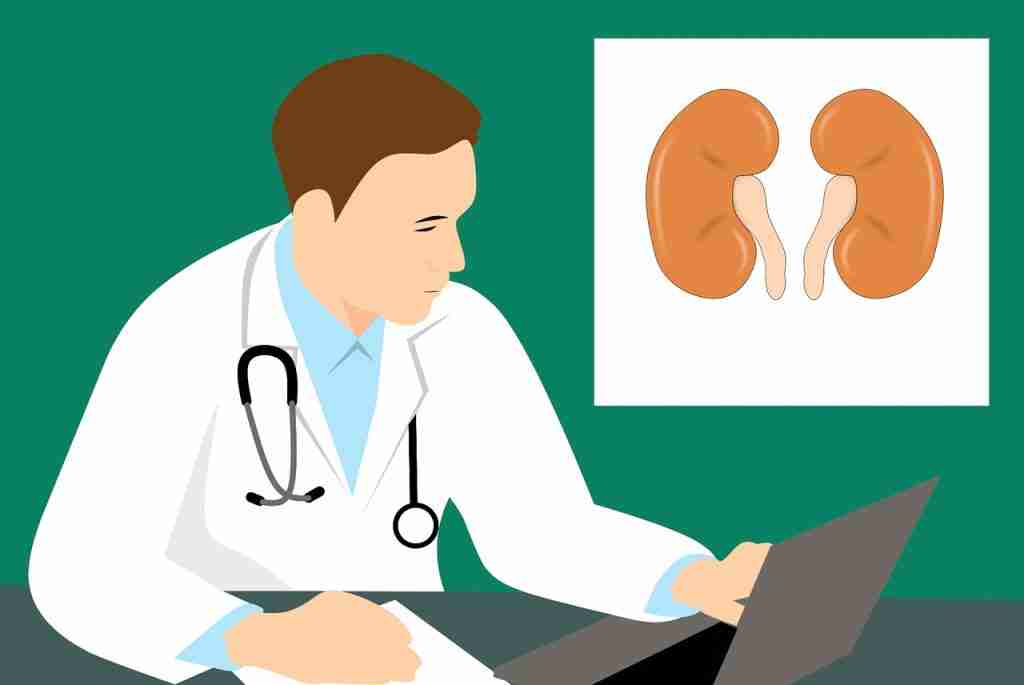
Acting as the body’s internal sanitation crew, the kidneys meticulously remove waste products generated by cellular activity. These unwanted byproducts would accumulate and disrupt vital physiological processes if left unchecked.
The kidneys also play a crucial role in regulating fluid balance. Meticulously filtering excess water and electrolytes ensures proper blood pressure and prevents cellular swelling. This delicate balancing act maintains a stable internal environment, a prerequisite for optimal health.
5. The kidneys also play a role in regulating blood pressure.
The kidneys are silent guardians of blood pressure, meticulously controlling fluid volume. Excess water and electrolytes are excreted when pressure rises, while dips trigger fluid retention for optimal blood flow.
Additionally, they produce renin, a hormone acting like a conductor. Renin constricts or widens blood vessels in response to pressure changes, maintaining a stable and healthy range.
6. Kidneys are very tough organs and can continue to function with only 20% of their original capacity.
Kidneys demonstrate remarkable resilience. Even with just 20% of their original capacity, they can soldier on, effectively filtering blood and maintaining homeostasis.
This inherent redundancy is a lifesaver. Even if one kidney is compromised or removed, the remaining one can often step up and fulfill both organs’ essential tasks, ensuring waste removal and balanced blood pressure.
7. The kidney is the most transplanted organ in the world.
Kidneys are the most frequently transplanted organs worldwide. In 2022, over 42,800 organ transplants were performed. This is because a single healthy kidney can function properly, unlike some other organs.
Second, kidneys possess a good level of self-repair, making them more suitable for transplantation. This life-saving procedure offers a second chance for people with severe kidney problems.
8. The first successful kidney transplant was performed in 1954.
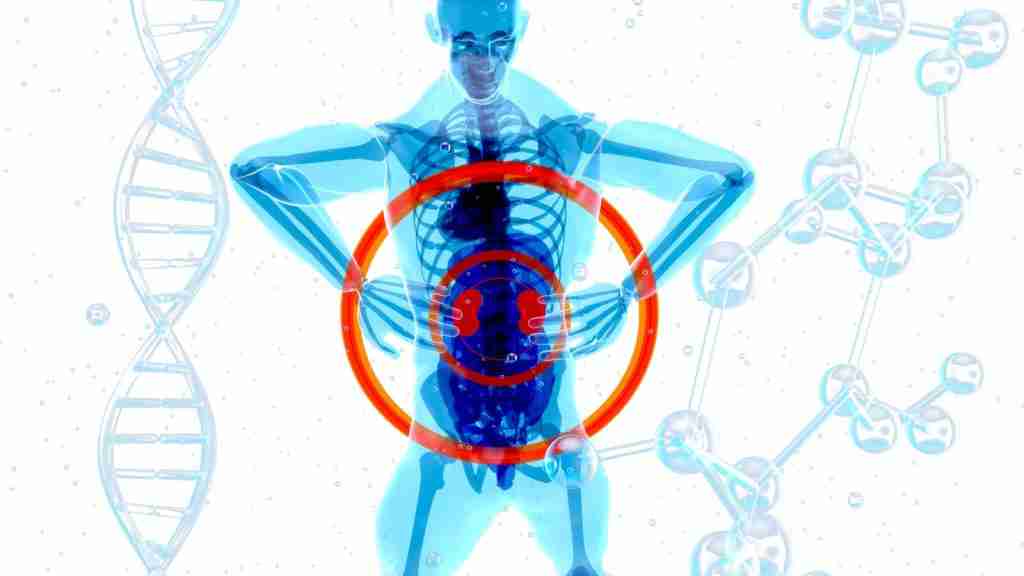
The first successful kidney transplant was performed in 1954 by a team of doctors led by Dr. Joseph E. Murray. The patient, Richard Herrick, lived for another eight years after the transplant.
9. Kidneys are the source of the erythropoietin hormone, which stimulates red blood cell production.
Your kidneys don’t just clean your blood; they also act like tiny hormone factories. One key hormone they produce is erythropoietin, often called EPO.
This amazing molecule acts like a messenger, telling your bone marrow to ramp up red blood cell production. The more EPO you have, the more oxygen-carrying red blood cells you have.
10. The kidneys are made up of millions of tiny filters called nephrons.
Your kidneys contain millions of microscopic marvels called nephrons. These hardworking filters act like a personal filtration system within each kidney. They meticulously sift through your blood, pulling out waste products and excess water while keeping essential components balanced.
Responsible for filtering blood and producing urine, each kidney houses around one million of these tiny powerhouses, ensuring your blood stays clean and your body functions smoothly.
11. Kidney stones can be as small as a grain of sand or as large as a golf ball.
Though tiny as a sand speck, kidney stones can grow as big as a golf ball and cause sharp pains if they lodge in the urinary tract. These hard deposits form from concentrated urine when waste products and minerals crystallize.
Dehydration, a diet high in salt, animal protein, and certain vegetables, or some medical conditions can increase your risk. Drinking plenty of water can help prevent kidney stones. If you experience severe pain in your lower back or abdomen, painful urination, blood in your urine, or nausea, see a doctor promptly for diagnosis and treatment to avoid complications.
12. One in ten people will develop kidney stones in their lifetime.
Kidney stones are a common condition, with approximately one in ten people experiencing them at some point in their lifetime.
13. About 25% of all blood from the heart goes into the kidneys.
Powerhouse organs, the kidneys, receive a whopping 25% of your heart’s blood output each minute. This isn’t an accident. This substantial flow fuels their critical role as the body’s filtration system.
The kidneys meticulously process this blood, extracting waste products and excess fluids, all to maintain a clean and balanced internal environment for optimal health. Their significant blood supply underscores their vital role in keeping you functioning at your best.
14. The color of urine can indicate the health of the kidneys.
While the yellow hue of your urine is a normal consequence of pigments and hydration, it can also be a subtle warning sign. Deep amber or brown urine often indicates dehydration, but it’s crucial to note that certain foods, medications, and even medical conditions can alter urine color.
If you notice red, orange, or blue tones, or if your urine is consistently dark brown or cloudy, it’s best to consult a doctor to rule out any underlying health concerns. Remember, early detection is key.
15. Kidneys are typically asymmetrical, with the right one smaller and lower due to the liver, while the left one has more space below the spleen.
In adults, kidney size typically correlates with height and is influenced by factors like weight, BMI, age, and ethnicity. Measurement methods such as ultrasound, MRI, and CT help determine kidney dimensions and estimated volume.
On average, adult kidneys measure 10-13 cm from pole to pole, with the left kidney often slightly longer than the right. If one kidney is compromised or absent, the remaining kidney may undergo compensatory enlargement.
16. The kidneys are frequently referenced in biblical texts, symbolizing attributes such as conscience, emotions, and wisdom.
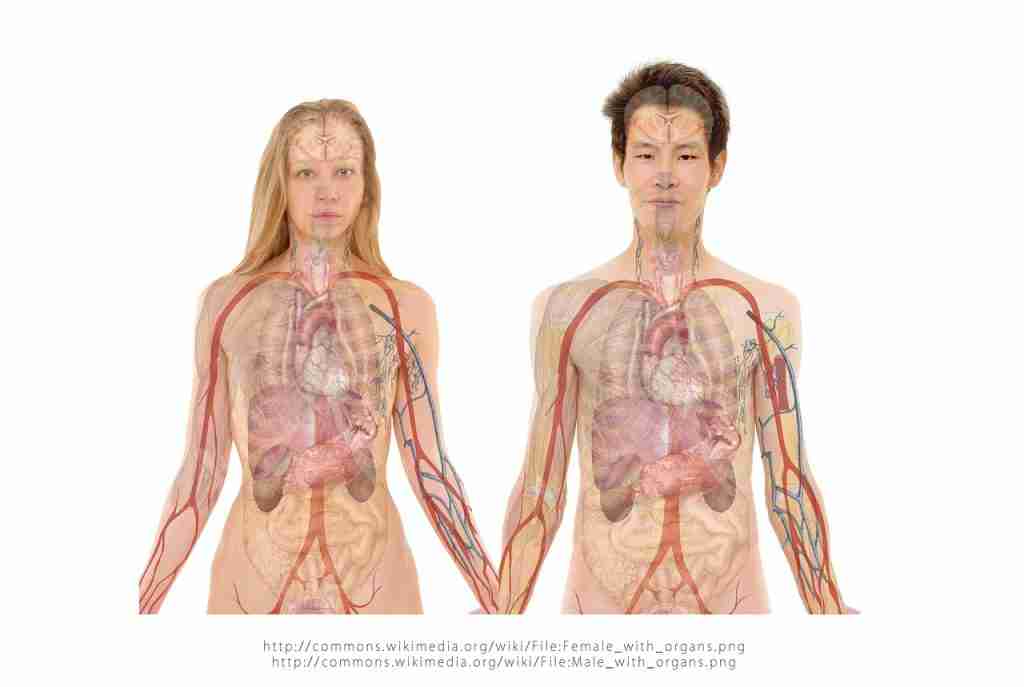
The Bible often mentions kidneys, not for their physical role but for their symbolic meaning. As the seat of emotions and character, they represent conscience, deep desires, and even wisdom.
Passages depict God examining the kidneys to judge sincerity; the fat surrounding them held a special purity for sacrifices. While our understanding of kidneys has evolved, the Bible offers a fascinating glimpse into their historical symbolism.
17. Urine appears yellow due to bilirubin, a substance produced when kidneys eliminate old red blood cells.
The characteristic yellow color of urine stems from a biochemical process rather than solely the presence of waste products. A pigment called urochrome, derived from bilirubin, is responsible for this coloration.
Bilirubin is a yellowish byproduct formed during the breakdown of aged red blood cells, a process meticulously managed by your kidneys. Therefore, the yellow hue in your urine serves as a subtle indicator of your body’s natural waste elimination and cellular renewal cycle.
18. Chronic kidney disease can develop slowly over time and may not show symptoms until later stages.
Chronic kidney disease can be a stealthy foe. Unlike a sudden injury, it often progresses gradually, with symptoms like fatigue, blood in the urine, or puffiness in the ankles appearing only when the damage is significant.
This silent progression underscores the importance of regular checkups, especially for those at higher risk. Early detection allows for better management and helps prevent complications.
19. Diabetes and high blood pressure are two of the leading causes of kidney disease.
Our bodies are like intricate machines, with each part playing a vital role. But sometimes, even the most hardworking components can face trouble. This is true for our kidneys, two bean-shaped organs that silently toil away, filtering our blood.
While they’re incredibly resilient, certain health problems can put them at risk, particularly diabetes and high blood pressure.
20. The kidneys help maintain the body’s acid-base balance.
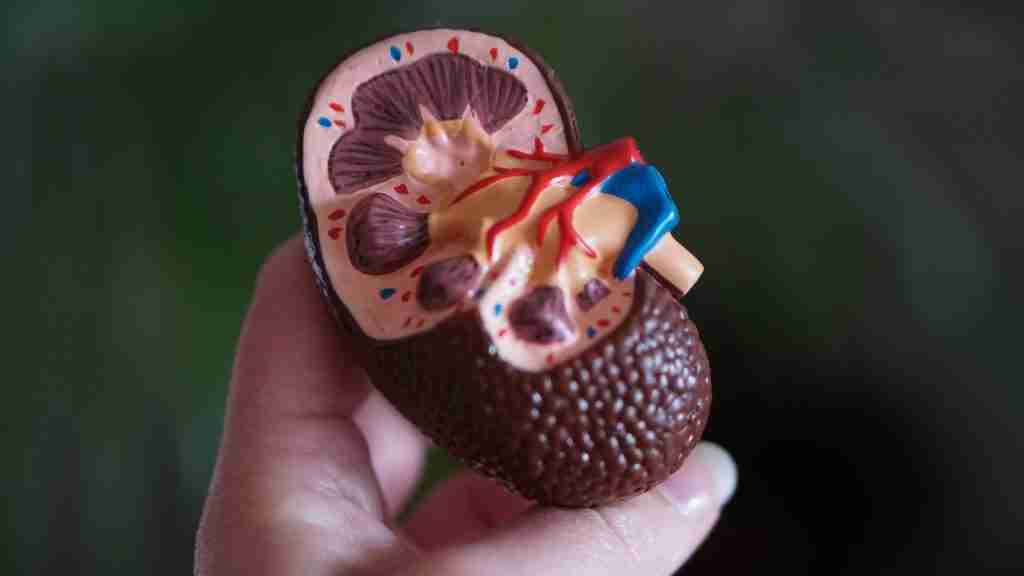
Our bodies thrive in a delicate state of equilibrium, and the kidneys play a critical role in maintaining this balance. They act as meticulous chemists, constantly monitoring and adjusting the acidity of our blood.
By meticulously removing excess acid or retaining bicarbonate (a base), they ensure a stable internal environment, preventing cellular dysfunction and promoting optimal bodily function.
21. The kidneys also play a role in regulating electrolyte levels.
Electrolytes are like tiny conductors within your body, carrying electrical charges that power crucial functions like muscle movement and nerve impulses. The kidneys guard this electrical orchestra.
They meticulously regulate the levels of electrolytes like sodium, potassium, and calcium in your blood. By carefully filtering out excess electrolytes or retaining them as needed, the kidneys ensure these tiny conductors are present in the right amounts, keeping your muscles firing, nerves transmitting messages, and your body functioning smoothly.
22. The kidneys filter out drugs and toxins from the blood.
Our bodies are bombarded with foreign substances every day, from medications to environmental toxins. Thankfully, our kidneys act as vigilant internal security guards. They meticulously filter our blood, removing these unwanted guests.
Imagine a microscopic sieve sifting through a rushing river. The kidneys work similarly, allowing essential components to pass through while trapping and eliminating drugs, toxins, and waste products. This tireless filtration process helps keep our blood clean and our bodies functioning optimally.
23. Kidneys are at risk of damage from certain medications.
Some medications, such as non-steroidal anti-inflammatory drugs (NSAIDs), can cause damage to the kidneys if taken in excess. It’s important to take these medications only as directed and to discuss any concerns with a healthcare provider.
FAQS
While diabetes and high blood pressure are leading culprits, various factors can cause kidney disease. These include inflammation of the kidneys (glomerulonephritis), genetic conditions like PKD, recurrent UTIs, autoimmune diseases, and even certain medications. Remember, early detection is key. Talk to your doctor if you have any concerns.
Kidney infections, also known as pyelonephritis, typically arise from bacteria that ascend from the urethra and bladder to the kidneys. Dehydration, structural abnormalities in the urinary tract, and certain medical conditions can increase susceptibility. Symptoms like flank pain, burning urination, or blood in the urine warrant prompt medical attention.
Kidney pain often masquerades as back pain, but it settles in a specific area: on either side of your lower back, just below the rib cage. It can affect one or both sides, and might be accompanied by a dull ache or even a sharp discomfort.
Your kidneys are multi-tasking marvels, acting as your body’s filtration system by removing waste products and excess fluids from blood, balancing electrolytes for proper nerve and muscle function, regulating blood pressure, producing red blood cells, and even maintaining a healthy acid-base balance in your blood. They are essential for overall health.
The key parts of a kidney are as follows:
Renal capsule: The outermost protective layer of the kidney.
Renal cortex: The outer region containing millions of microscopic filtering units called nephrons.
Renal medulla: The inner region, shaped like pyramids, where nephrons further process filtered fluids.
Nephrons: The functional units responsible for filtering blood, removing waste, and regulating electrolytes and water balance.
Renal pelvis: A funnel-shaped cavity in the center that collects filtered urine.
Ureter: A tube that carries urine from the kidney to the bladder.
Renal artery: The main blood vessel supplying blood to the kidney.
Renal vein: The main blood vessel draining filtered blood away from the kidney.

